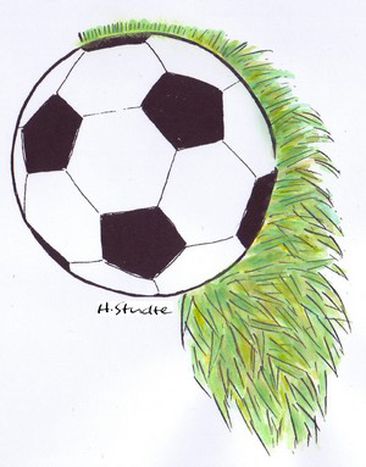
Mullet
Published on
Translation by:
 kate hollinshead
kate hollinshead
Nineteenth century Great Britain's fishers protected their bare necks from the rough seas by wearing the mullet hairstyle, where the hair is cut short at the front and grown long at the back (other meanings of the word include a five-star shaped sign or a compass direction). Scandinavians affiliate the mullet with sport (if anything), such as ice hockey. The Swedes speak of the hockeyfrilla and the Norwegians of hockeysveis (the 'ice hockey hair-do’).
Rudi Völler, the German former international football striker, was famous for his cult eighties haircut: the Vokuhila is otherwise described as vorne kurz hinter lang ('short front long sides') in German. Across the rest of Europe, the mullet is generally associated with football, and is named plainly Bundesligahaar, ‘national league hair'. The same goes for Denmark (Bundesliga – Hår), Hungary and Slovenia (Bundesliga).
In France the mullet is known as the coiffure de footballeur allemand ('the hairstyle of German football players'), in Italy as the capelli alla tedesca ('German hair') and in the Netherlands the Duitse mat ('German mat'). The Poles are the odd ones out, preferring to get one over on the Czechs. Here, the questionable fashion statement dares to bear the name the Czeski Pilkarz ('Czech football-player').
Translated from Es gibt nur einen Vokuhila!


